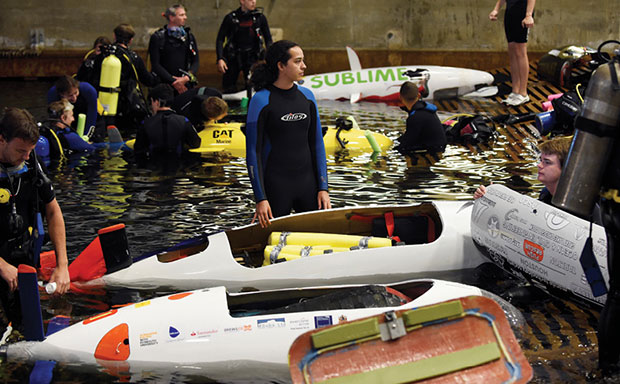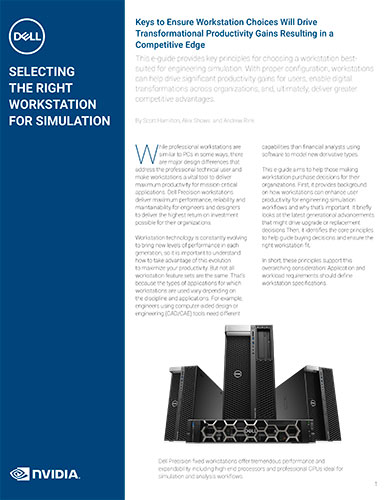Diving into STEM Careers via the Foundation for Underwater Research and Education

The submarine races began in 1989 and have involved over 2,800 students and hundreds of volunteers, primarily colleges and high schools.
Latest News
August 1, 2017
Kurt Yankaskas is the executive director for the International Submarine Races, Foundation for Underwater Research and Education (FURE). His competition brings young minds together for technological growth by competition in submarine races.
Digital Engineering: Can you provide an overview of the Submarine Races event, how it came to be and the intent of the program?
Kurt Yankaskas: The Foundation for Underwater Research and Education (FURE) is the parent organization for the International Submarine Races (ISR), providing administrative and financial support for ISR. FURE is also the education outreach arm for ISR. FURE is dedicated to increasing awareness and encouraging educational programs in marine technology and engineering. It is designed to inspire students, government and agency leaders, educators, academicians and other not-for-profits to pursue and support marine technology and engineering careers.
Teams have competed from the United States, Canada, Mexico, Germany, the United Kingdom, Venezuela, Oman and the Netherlands. The event began in 1989 and has involved over 2,800 students and hundreds of volunteers, primarily colleges and high schools representing six countries at ISR 14. Frequently, there are independent teams in for the challenge and adventure of building an underwater vehicle.
 The submarine races began in 1989 and have involved over 2,800 students and hundreds of volunteers, primarily colleges and high schools.
The submarine races began in 1989 and have involved over 2,800 students and hundreds of volunteers, primarily colleges and high schools.DE: Who sponsors the program? What drove them to sponsor the event and coordinate it?
Yankaskas: ISR is managed by the ISR Organization, a group of volunteers who have dedicated their personal talents and abilities to maintaining the continuity of this unique technology competition. The ISR Organization was established in 1995 to provide a new, restructured management group. The ISR Organization is led by individuals whose main concern and interest is to encourage engineering and technology students, as well as entrepreneurs of all types, in the development and evaluation of engineering designs of human-powered submarines and to expand the educational experience engendered by the underwater event.
The ISR Organization operates on a virtual basis, with support from corporate sponsors, government and academic officials and a host of private individuals. Their involvement and spirit carry on the vision of H.A. “Hap” Perry, who conceived and founded the race in 1989 and sustained it through 1993.
DE: Can you tell us about some of the designs that are part of the event and how they came to be?
Yankaskas: These are underwater submarines with one or two persons on SCUBA (self-contained underwater breathing apparatus). Subs are filled with water (for safety). The human-powered propulsion system is either propeller or non-propeller with a drivetrain that resembles parts of a bicycle. The pilot drives with two control sticks for rudder and dive planes and is the “motor” for one-person subs. Some designs have used oscillating fins or pump jets in their designs. Others resemble fish or rays.
The biennial event produces graduating engineers and scientists ready for tasking in industry. There are numerous times when teams/individuals have gone on to Navy and/or marine industry employment. We are working on that history. There have been over 230 submarine designs in 13 races. All of them reflect the team’s desire to innovate.
More Info:
Subscribe to our FREE magazine, FREE email newsletters or both!
Latest News
About the Author
Jim Romeo is a freelance writer based in Chesapeake, VA. Send e-mail about this article to [email protected].
Follow DE





